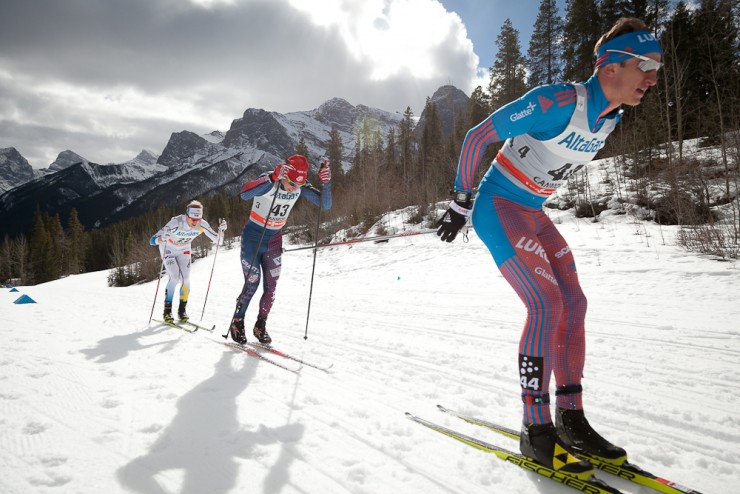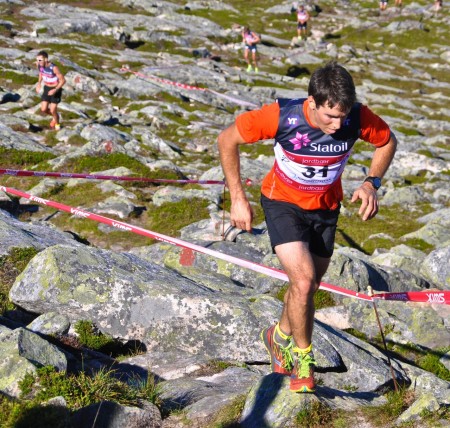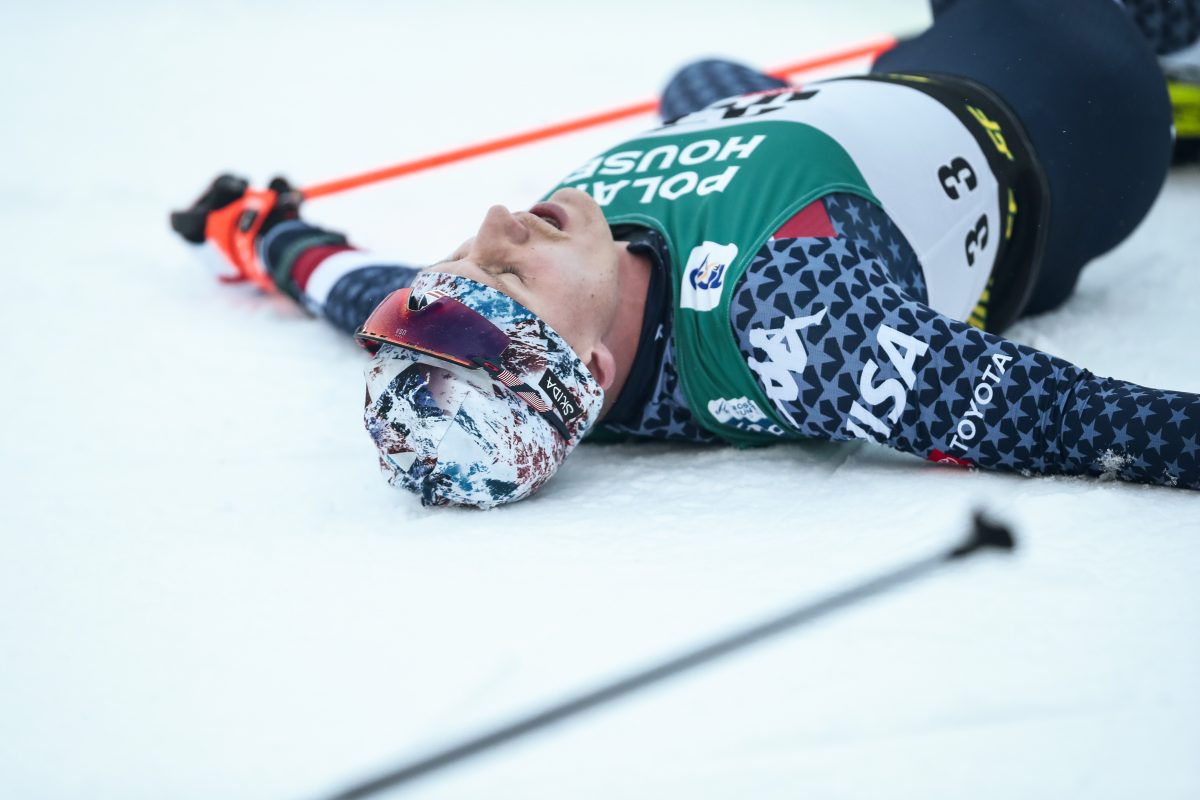
How to eke out that extra few percentage points for a top-10 performance, a podium, a medal is the constant chatter of athletes, coaches, and of course comment sections. Although premised on science, dialing in a specific training load for a specific athlete appears to be an art as well.
Maybe there are concrete answers to the frequency, duration and intensity to maximize one’s training, or perhaps it’s a moving target as an athlete is presented themselves with life’s external stressors.
“At this point, the question is either be done skiing and feel like I have given it my all or go back and to try to become the fittest athletes in the world and see what I can do with that.”
Earlier this month, U.S. Ski Team member Noah Hoffman blogged that he was making a big jump in his training load this year: from 678 to his stated goal of 1,000 hours. According to Hoffman, his largest annual training load to date was the 2013/2014 Olympic year with a total of 752 hours and 40 minutes. Hoffman also noted that was his most successful year to date as well.
Hoffman is coached by Vermont-based Zach Caldwell and Colorado-based John Callahan. Those two will guide Hoffman on his journey to 1,000 hours, ensuring both that he’s making gains and not breaking down.
FasterSkier interviewed Hoffman for the FS podcast to discuss his motivations for making a paradigm shift when it comes to training.
“From the time I got named to the U.S. Ski Team, all of a sudden the goals changed for me through my advisors and my coaching staff,” Hoffman said when asked how long he has been thinking about making a training-load change. “They changed to addressing my weaknesses over promoting my strengths. The idea being I had maxed out what I could do with training hard, and that I needed to become more of a skier and not just a fit guy to be successful. I’ve done that now for six years plus and I’ve made gains and it’s been successful, but I’ve lost serious ground on the fitness side of things, which is crazy to me because I believe that that’s my one skill, I can be the fittest athlete on the World Cup, the fittest athlete in the world, and for me to not have that to hang my hat on gives me absolutely nothing. And I, in the last two to three years in particular, have really stalled out on making gains on my weaknesses, and I mean, at this point the question is either be done skiing and feel like I have given it my all, or go back and to trying to become the fittest athletes in the world and see what I can do with that.”

This week, FasterSkier featured Day 1 of Hoffman’s new plan for its Wednesday Workout. The workout, the start of a two-week, 53-hour training cycle, gives a glimpse into Hoffman’s big days. As explained in the article, Hoffman and coach Zach Caldwell consider the total increase in hours as a function of decreasing distractions and eliminating compromised training. But more hours is still more hours, bringing with it more physical and mental stress.
Asked it the new program was a risk, Hoffman explained it was an acceptable risk.
“I mean, yeah, I think it’s a risk, absolutely,” he said. “I view it as finally being able to train, being given permission from my coaches to train the way I have always wanted to, which is as hard as I believe I can and I believe I can handle. Handling training load has always been a strength of mine, I’ve just never been given free rein on it, not that I have complete free rein this year, but my coaches are buying into this goal that I have of wanting to see what happens if I just train as much as I think I can handle, train at a level that is hard for me as opposed to a level that is easy for me.”
As Caldwell and Callahan monitor Hoffman’s progress one thing is clear: Hoffman is once again passionate about his daily work.
“I am absolutely not saying this is the answer for me or anybody else,” he said. “This is just what I have decided to do. And I am excited about it, that is the biggest thing for me. I am really excited about doing what I’m doing right now.”
(To listen to complete interview, click “play” arrow below.)
Jason Albert
Jason lives in Bend, Ore., and can often be seen chasing his two boys around town. He’s a self-proclaimed audio geek. That all started back in the early 1990s when he convinced a naive public radio editor he should report a story from Alaska’s, Ruth Gorge. Now, Jason’s common companion is his field-recording gear.



